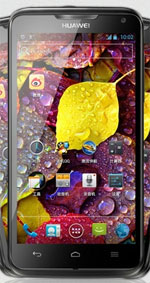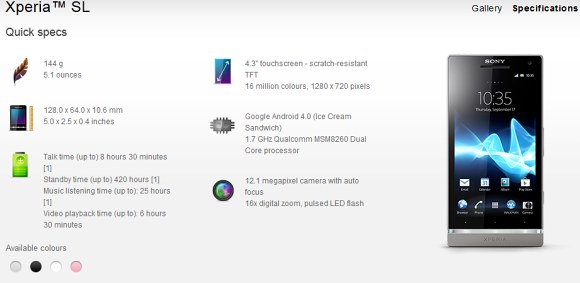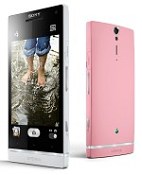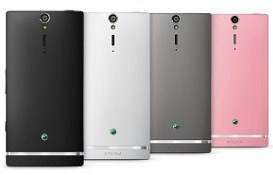RIM standardized the screen resolution for
upcoming BlackBerry 10 OS running devices. The future smartphones
running the OS will come in two resolutions: 1280 x 720 pixels for full
touch devices, and 720 x 720 pixels for handsets with hardware QWERTY
keyboards.
RIM took the abovementioned step after taking feedback from the BlackBerry developer community, whose members have complained about having to deal with a few screen resolutions too many in the past. The new standard set by RIM is bound to make their life easier moving forward.
With the BlackBerry developer alpha unit, as well as the upcoming first consumer handset sporting the slightly different (and uncommon) screen resolution of 1280 x 768 pixels, RIM has advised the people involved in creating applications to use two possible options. The first one involves utilizing the new OS resolution, while the second requires "letter boxing" the apps to 1280 x 720 pixels, thus leaving 24 pixels unused on each side of the display.

RIM took the abovementioned step after taking feedback from the BlackBerry developer community, whose members have complained about having to deal with a few screen resolutions too many in the past. The new standard set by RIM is bound to make their life easier moving forward.
With the BlackBerry developer alpha unit, as well as the upcoming first consumer handset sporting the slightly different (and uncommon) screen resolution of 1280 x 768 pixels, RIM has advised the people involved in creating applications to use two possible options. The first one involves utilizing the new OS resolution, while the second requires "letter boxing" the apps to 1280 x 720 pixels, thus leaving 24 pixels unused on each side of the display.























